8 best headless CMS options for content marketers (2025)
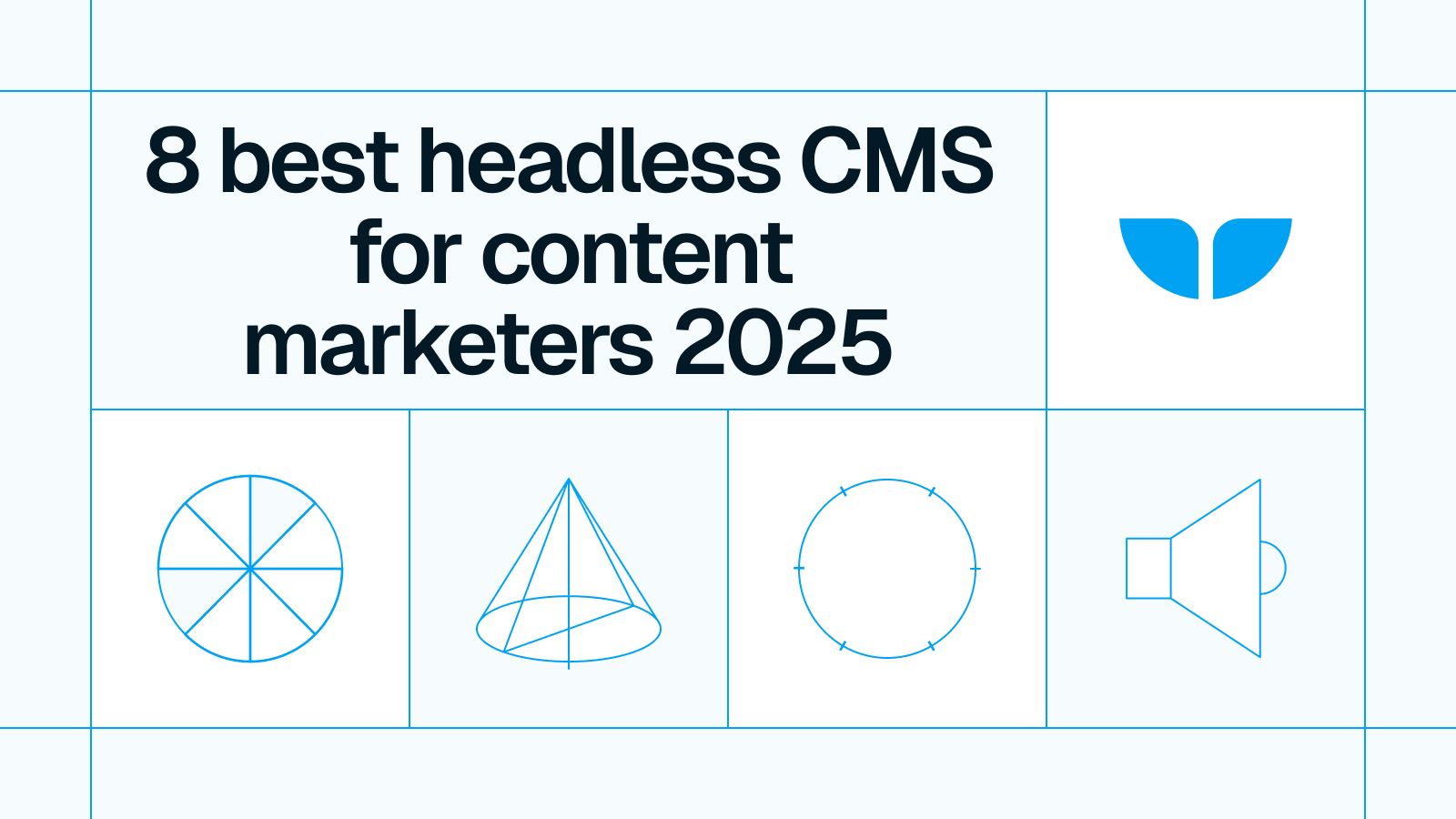
8 best headless CMS for content marketers in 2025.
Core Web Vitals got stricter last year. Interaction to next paint replaced first input display on March 12, 2024, which made interactivity matter a lot more for SEO and UX.
The content management system (CMS) you use can affect your Core Web Vitals. You need to ensure that the CMS not only helps you publish content, but it’s also built for speed and performance. Only 43% of mobile sites now pass Core Web Vitals, so your choice of CMS is essential.
I’ve been in content marketing for a while now, and I’ve used various types of CMS. Here, I’ve broken down seven strong options with what they’re best at, how they work, pricing, plus clear pros and cons.
What is a headless CMS?
A headless CMS stores and structures content, then serves it via APIs to any frontend. You manage content once and publish to web, app, screens, and more. A traditional CMS, like WordPress, tightly couples the content management backend with the website's front-end presentation layer. This means content and design are bundled together, making it difficult to reuse content across different platforms. In contrast, a headless CMS separates the content (the “body”) from the presentation layer (the “head”).
This decoupling of the front-end and back-end is what makes a headless CMS so powerful. This means content is created and stored in one place but can be displayed on any device, from a website to a smartwatch.
Whalesync takes it a step further by completely eliminating the need to duplicate content in a CMS, but more on that in a bit.
How to choose a headless CMS in 2025
- Editor experience: Is the preview accurate and fast? There’s nothing worse than the preview taking 15 mins to load.
- Localization: Check locales per plan, translation workflow, fallbacks, and URL patterns for language variants.
- Content modeling flexibility: Does it let you create reusable content types, references, and components without developer intervention?
- Pricing levers: Watch limits on API calls, seats, locales, spaces, environments, CDN bandwidth, and DAM (digital asset management) storage.
- Scalability: How well does it handle high-traffic spikes and large content volumes?
Our 8 top picks for the best headless CMS for 2025
These headless CMS software are top-rated in their category, according to G2 Grid Reports. I’ve also added their monthly pricing to make comparisons easier for you.
| CMS | Best for | Standout feature | Pricing |
| Sanity | Real-time collaboration and content customization | Visual Editing with live preview plus multiplayer editing and robust image pipeline | Starts at $15 per seat/month for Growth |
| Storyblok | Visual editing and marketer-friendly UI | Visual Editor, workflows, and integrations including Optimizely for personalization | Starts at $99/month for Growth |
| Hygraph | GraphQL-native structured content | Native GraphQL APIs and Content Federation for composable architectures | Starts at $199/month for Growth |
| Prismic | Content modeling with flexibility | Slices reusable content blocks and a visual Page Builder | Medium plan $150/month; other tiers are also available |
| Umbraco Heartcore | .NET-based solutions with full customization | Deep .NET integration with an official .NET client library | From €58/month |
| Contentstack | Enterprise-grade governance, automation, and scalability | Strong roles and permissions, custom roles, and Visual Builder | Pricing on request |
| Contentful | Content management and localization | Multi-space architecture with powerful localization support | Team plan from $300/month |
Best headless CMS for real time collaboration and content customization
Sanity
Sanity gives you a real time content studio that your team can tailor, down to custom inputs and workflows. Editors and developers work in the same content model, which makes structured content practical for marketing ops.
The hosted APIs handle performance at scale, while image pipelines and portable text keep pages lean. Pricing for Growth lists $15 per seat per month with pay as you go over included quotas.
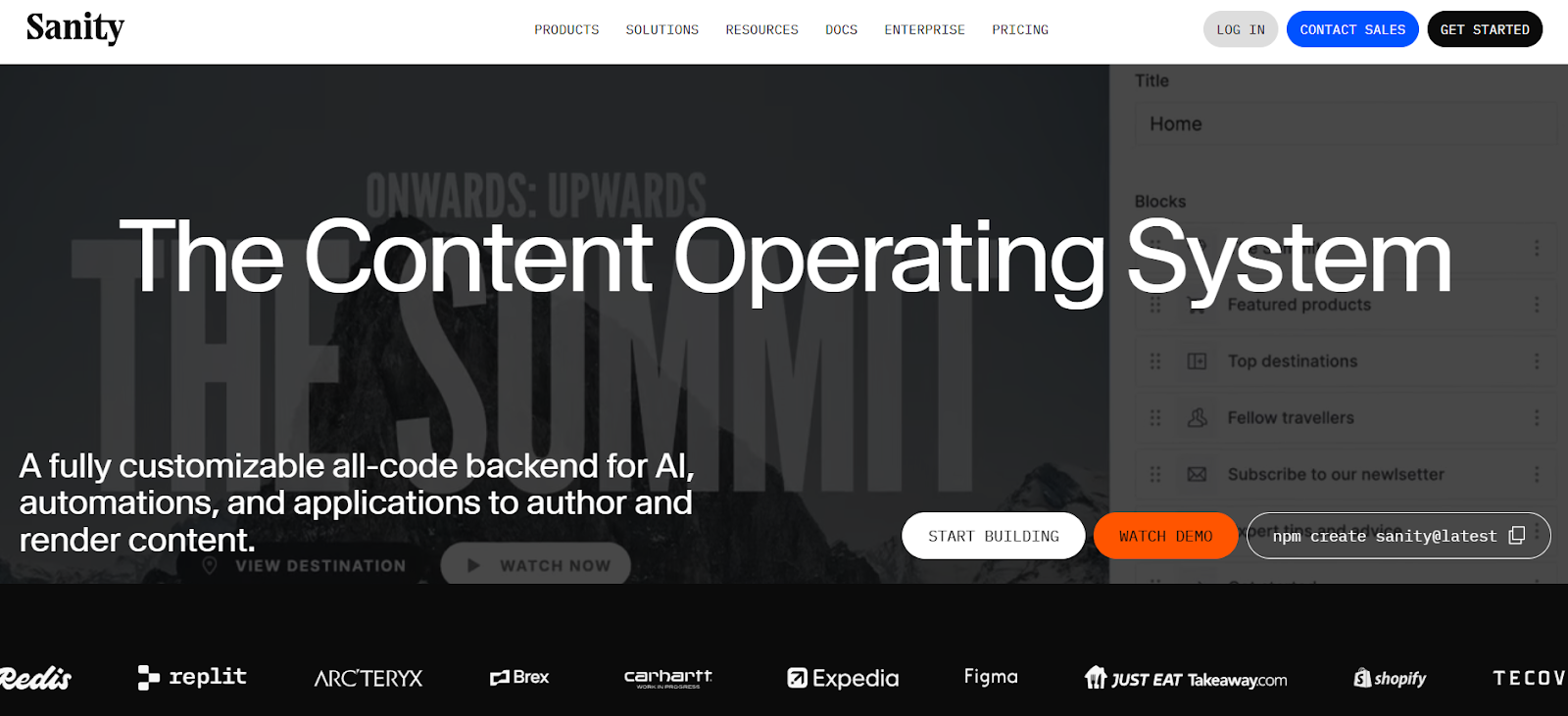
Pros
- Flexible schema and “portable” content that travels across channels
- Strong asset pipeline and CDN that helps with INP friendly pages
- Open tooling and UI customization reduce vendor lock in feeling
Cons
- Per seat pricing can add up in large editorial orgs
- Advanced setup often needs developer time
- Governance at enterprise scale lives behind add ons and plan upgrades
Best headless CMS for visual editing (and a marketer friendly UI)
Storyblok
Storyblok pairs a headless architecture with a visual editor that marketers actually use, while developers ship components your team reuses.
The platform leans into modern stacks while keeping content previews fast for editors. Pricing shows Growth at $99 per month and Growth Plus at $349 per month, with higher tiers by sales.

Pros
- Visual editor speeds up non technical publishing and reduces back and forth.
- Public data shows teams value collaboration and visual editing features highly.
- Active docs and partner network for enterprise rollouts.
Cons
- Cost jumps between tiers as spaces and usage grow
- Component discipline is required or the library gets messy
- Complex multi brand setups may need solution partner help
Best headless CMS for GraphQL native structured content
Hygraph
Hygraph is GraphQL first CMS, which means predictable APIs and control over what your frontend pulls.
Editors get live preview and comments, while devs manage environments and tokens for clean CI. The Growth plan starts at $199 per month with quotas for entries, calls, and seats, and enterprise tiers add SSO and governance.
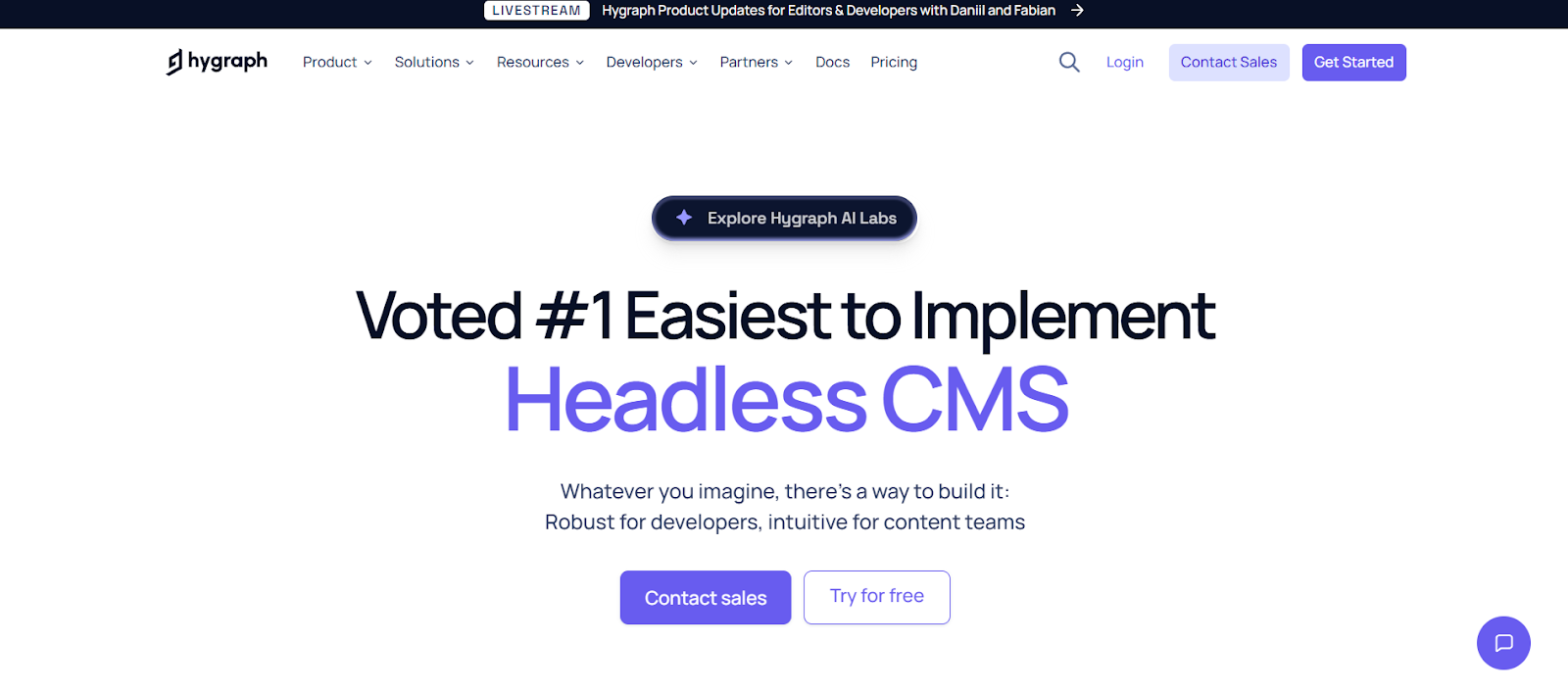
Pros
- GraphQL model fits component driven frontends and reduces over fetching.
- Clear plan comparison for limits and environments.
Cons
- GraphQL expertise is a must for your dev team
- Even with GraphQL expertise, it can still be difficult to use
Best headless CMS for flexible content modeling
Prismic
Prismic focuses on reusable content “slices,” which gives marketers building blocks they can combine without breaking design. Editors ship pages fast, while devs keep control of components and brand. The platform includes generous API and CDN allowances on paid tiers and supports multiple locales.
Pricing is transparent, with Medium at $150 per month and Platinum at $675 per month paid annually, plus lower Starter and Small tiers.
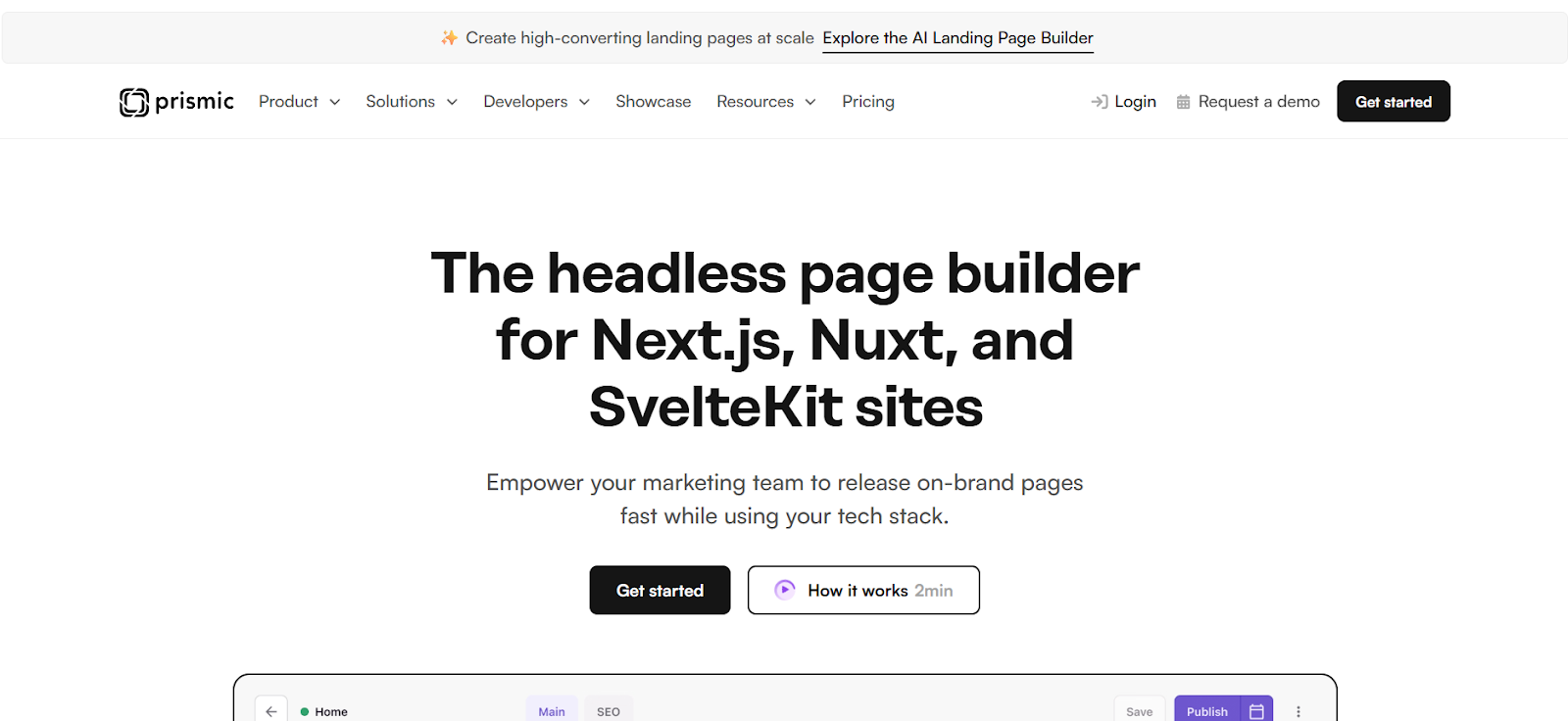
Pros
- Slice based authoring keeps layouts consistent and fast to produce
- Clear plan limits for API calls and bandwidth help forecast spend
- Migration API smooths moves from legacy tools
Cons
- Deep governance and SSO live in top tiers
- Very large teams may hit environment limits without upgrades
- Component sprawl can creep in without strong content design
Best headless CMS for .NET-based solutions with full customization
Umbraco Heartcore
Heartcore is Umbraco’s managed headless service built for .NET teams that want tight platform control with SaaS convenience. You get a familiar editor, content APIs, and GraphQL, plus hosting on Umbraco Cloud.
The model suits enterprises standardizing on Microsoft stacks and needing fine grained extension points. Pricing lists Starter at €58 per month and Standard at €285 per month, with higher tiers for scale and support.
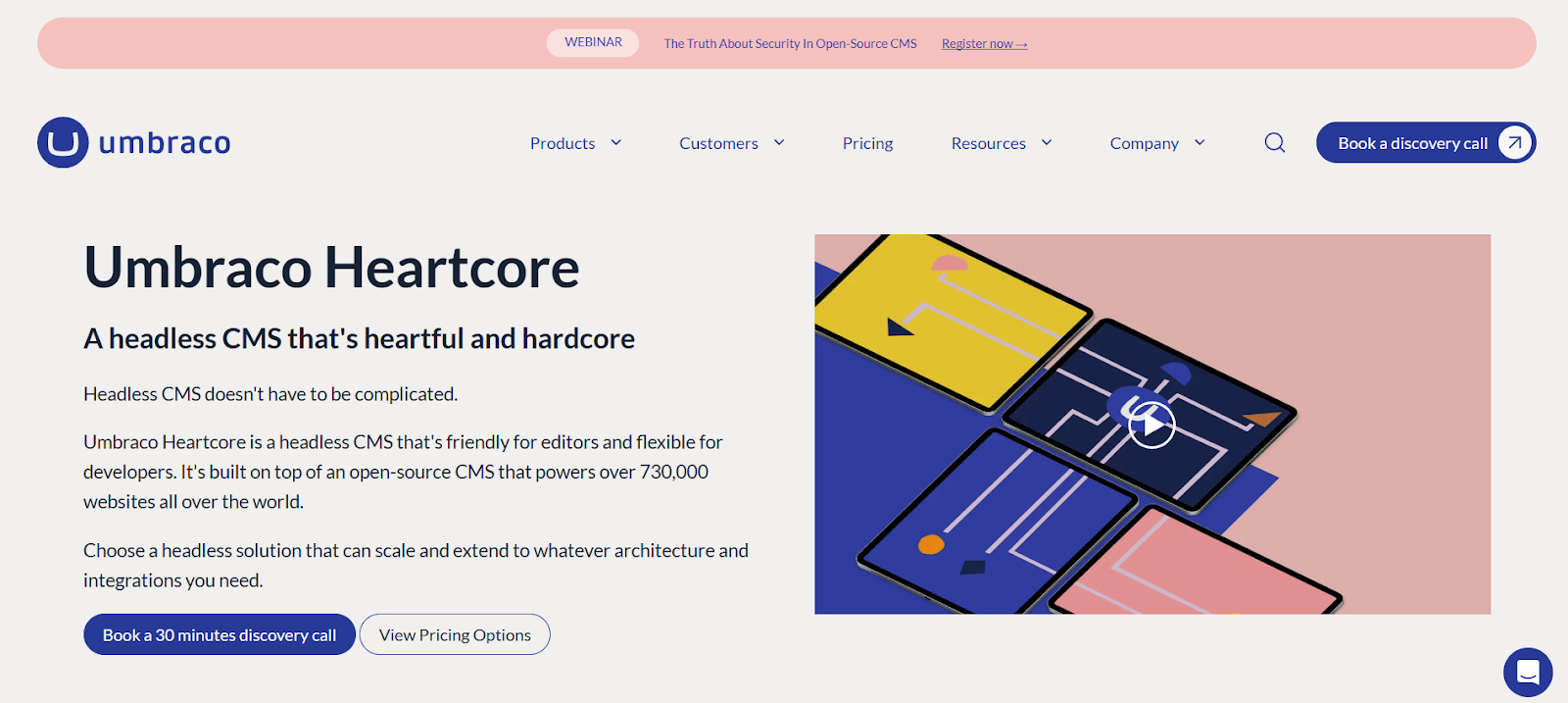
Pros
- Fits .NET skills and tooling you may already have
- GraphQL plus CDN support helps keep frontends quick
- Unlimited roles and languages on Standard and up
Cons
- Euro pricing transaction fees may add up over time
- The Starter Plan lacks some features like preview API and webhooks.
- The marketplace and ecosystem are smaller than legacy CMS incumbents
Best headless CMS for enterprise marketing teams
Contentstack
Contentstack targets large orgs that need content ops automation, audit trails, and complex permissions across brands and regions. It includes visual editing, automation, and personalization features within a composable architecture.
Teams use it for regulated industries and heavy omnichannel needs. Pricing is by request with packages under the Contentstack EDGE CMS umbrella.
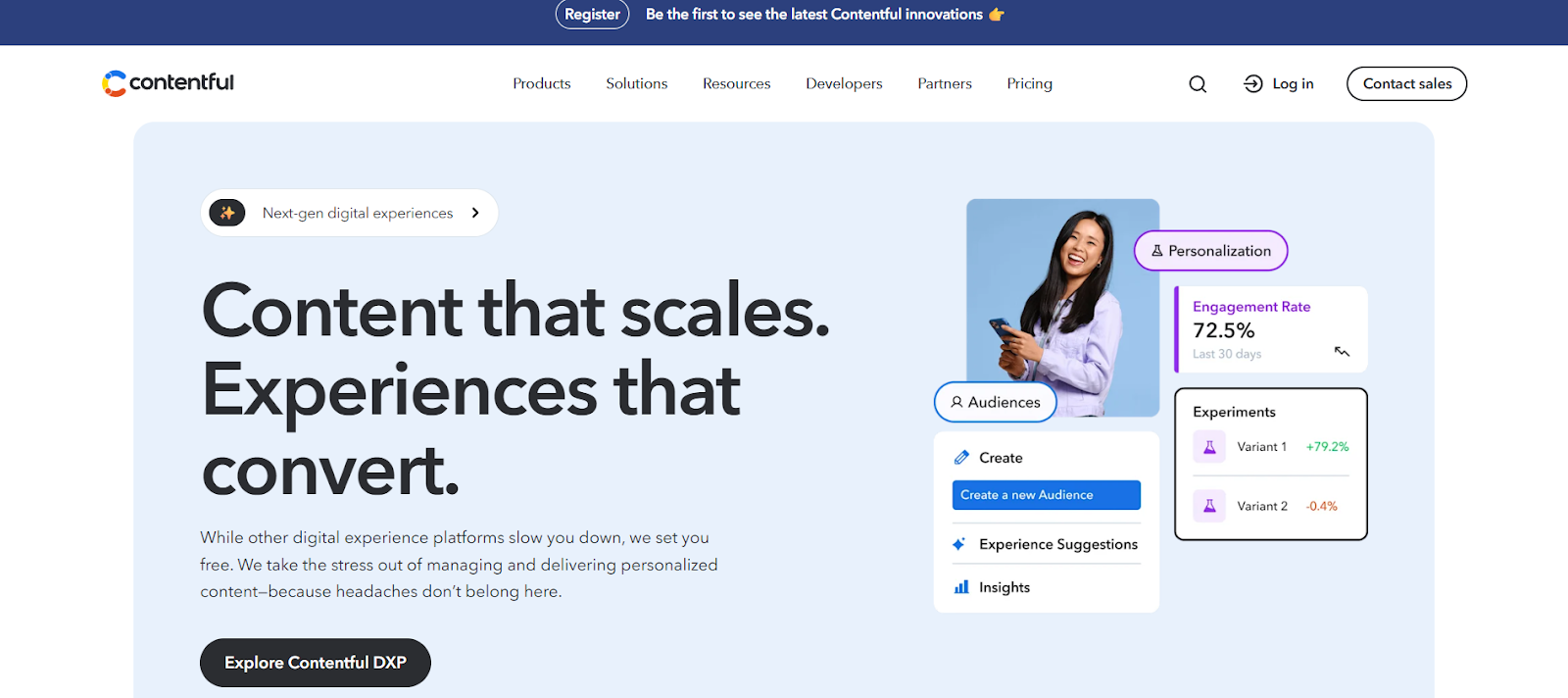
Pros
- Solid localization and content modeling for large catalogs.
- Big ecosystem of apps and integrators, including Webflow and commerce tools.
- Reliable performance at global scale.
Cons
- Pricing requires sales and can be complex to forecast.
- Spaces and environment limits need planning to avoid refactors.
- Editorial UI benefits from training for first time users.
Best headless CMS for marketers with deadlines
Whalesync + Notion / Airtable / Sheets
Technically, Whalesync isn’t a headless CMS, it’s more of a headless CMS connector. Whalesync turns your existing content tool into your live CMS, so you can write your content in Notion or Airtable and sync it to Webflow with a two-way sync.
In fact, that’s how this blog post was published. It was written in Notion and published in Webflow, without having to actually go in Webflow, paste the content into a rich text field, and click publish. Which is perfect for content and marketing teams who plan content in Notion.
If I wanted to go in and make some changes post publish, I could make the edits in Webflow or Notion. Whalesync’s two way syncing will keep the content in sync in both directions.
Using Whalesync to turn your existing content tool into your live CMS is ideal for teams who love details but deal with the challenges of deadlines. No edit is too small when the content is stored right where you work. Open Notion, find the blog post, make the edit, copy, open Webflow, go to the CMS, find the collection, find the item, find the field, paste the edit, click publish, done!
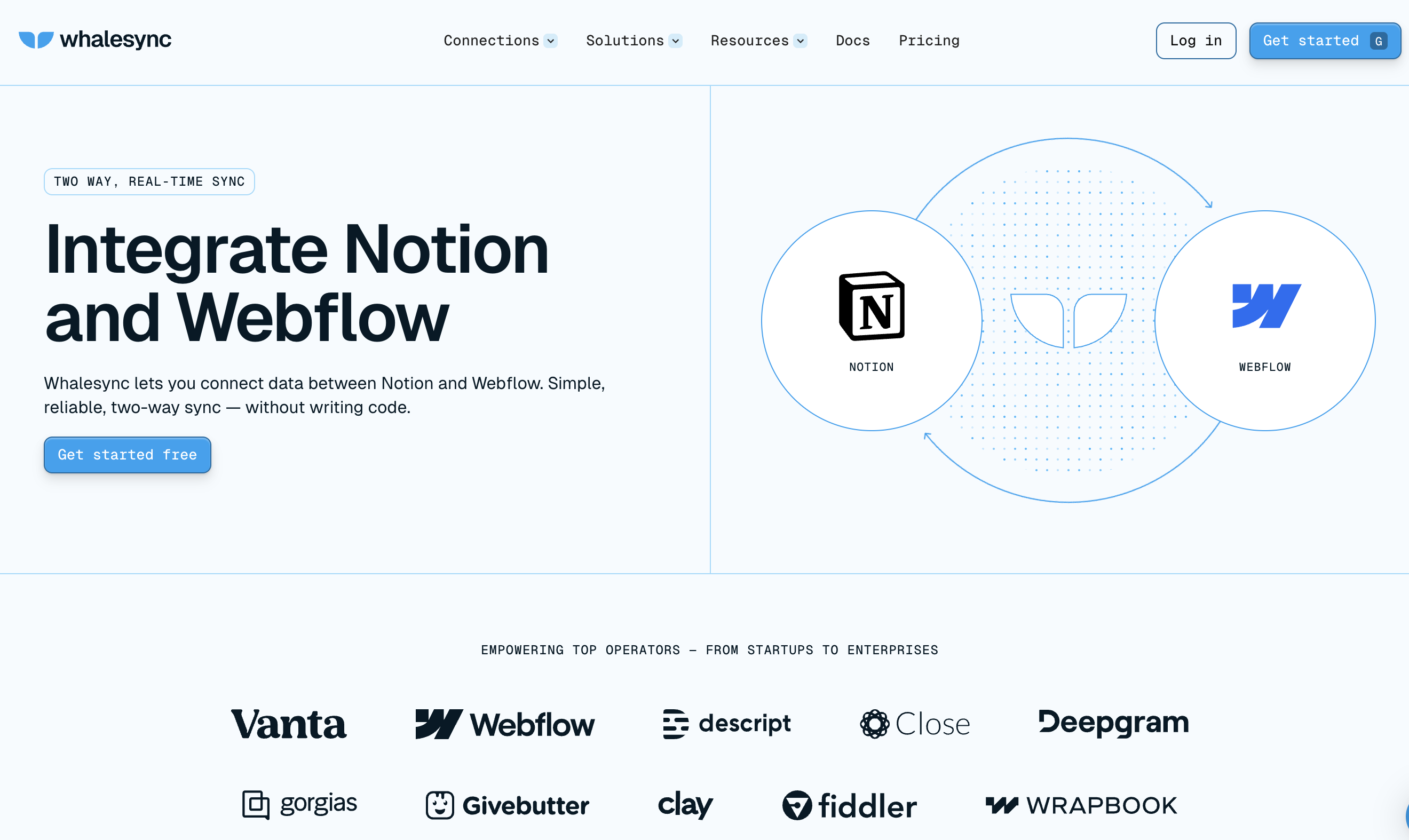
Pros
- Easy set up. You can get set up in 5 minutes
- No coding or dev support required
- You use Webflow’s hosting, giving you reliable performance and global SEO
Cons
- Whalesync doesn’t work with every site builder (yet!) but keep checking back if yours isn’t supported yet (we’re actively developing new connectors)
Which headless CMS is best for your content marketing needs?
The right headless CMS depends on your team’s priorities. If you’re a developer-heavy org, something like Hygraph or Sanity may give you maximum flexibility.
But if you’re looking for the following:
- You want to publish fast
- You want to edit fast
- You want to write in Notion or Airtable
Whalesync is the best headless CMS connector for you. Try Whalesync today.
Frequently Asked Questions (FAQ)
Do I still need a separate Headless CMS with Whalesync?
No, and that's the beauty of it. Whalesync acts as a connector, turning tools you already use for content creation (like Notion, Airtable, or Google Sheets) into your CMS. You manage content in its native environment, and Whalesync ensures it syncs seamlessly to your frontend, like Webflow. This eliminates the need to learn, pay for, and manage another dedicated headless CMS application.
How does Whalesync simplify the headless approach?
Traditional headless setups require developers to build a frontend and then content teams to learn a new CMS. Whalesync simplifies this by letting content teams work in familiar apps. The workflow becomes: write in Notion, and it's live on your site. This removes the "context switching" and technical barriers, making the process faster and more intuitive for marketers and content creators.
Is a Whalesync-powered setup good for SEO?
Yes. Because Whalesync syncs to powerful front-end platforms like Webflow, you inherit all their performance benefits, including fast load times and excellent Core Web Vitals. Your content is native in your website's CMS, so search engines see it as perfectly structured, indexable content. You get the SEO benefits of a high-performance site without the typical complexity of a headless architecture.
What’s the difference between a CMS and a site builder?
A CMS (Content Management System) is a backend tool focused on creating, storing, and managing content. Think of it as a structured database for all your blog posts, product info, and other data.
A Site Builder is a frontend tool focused on visually designing the website—the layouts, colors, and user interface. It's what your visitors see and interact with.
Modern platforms like Webflow and Wix blur the lines by offering both in one integrated package. The problem is, their built-in CMS isn’t always the best place to create and collaborate on content. Whalesync helps you separate these concerns: you can use a best-in-class tool for content (like Notion) and a best-in-class tool for site building (like Webflow), and sync them together perfectly.
Next Steps
Ready to simplify your content workflow? Here are a few resources to get you started:
- See it in action: Watch our 5-minute tutorial on how to connect Notion to Webflow or Airtable to Webflow for a live demonstration of how this setup works.
- Explore other connections: Learn how to sync Notion and Google Sheets or two Airtable bases.
- Start building: Sign up for a free Whalesync trial and experience a better way to manage web content.
Subscribe for more
Stay up to date with the latest no-code data news, strategies, and insights sent straight to your inbox!
Thank you for subscribing!
Related posts
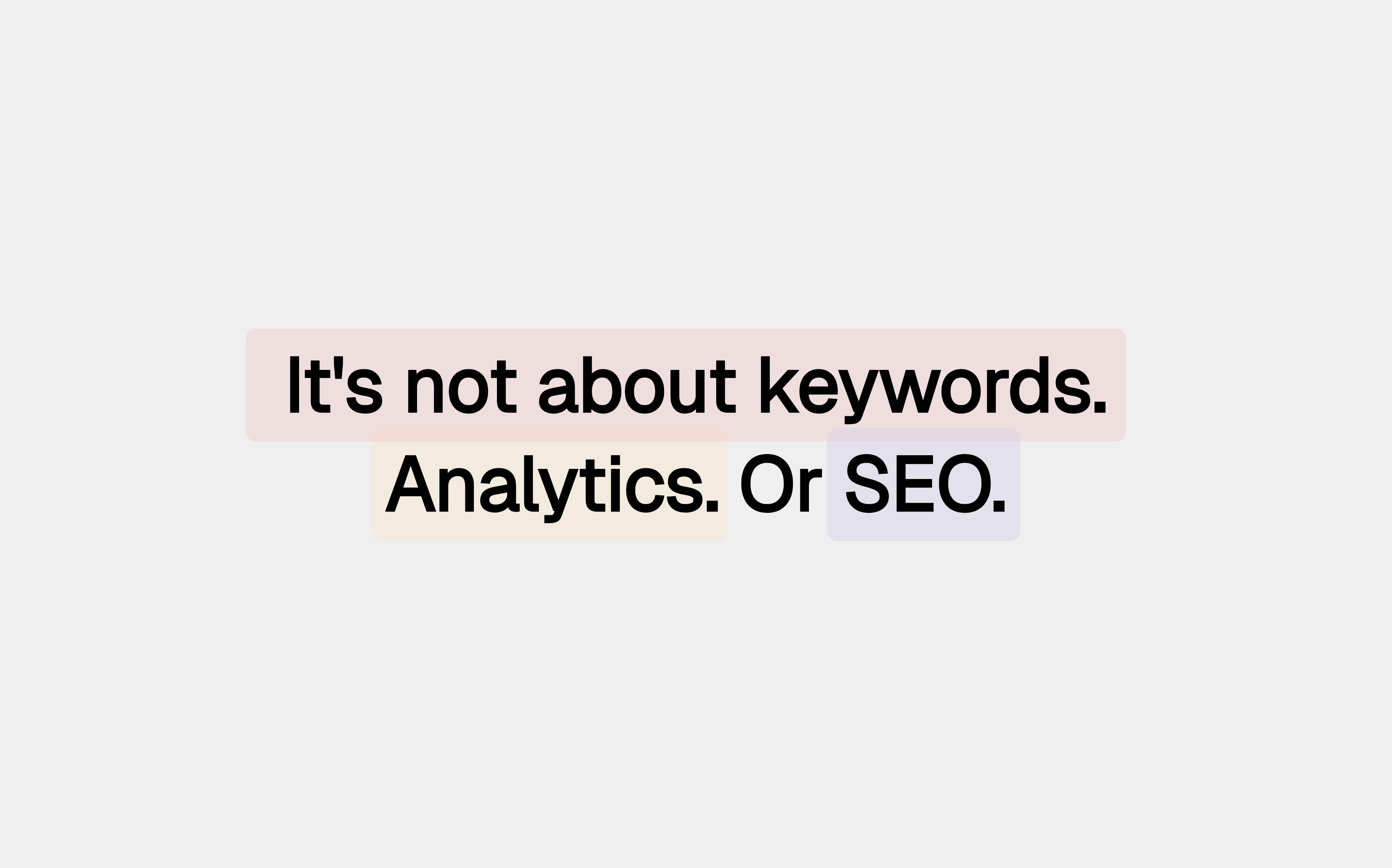


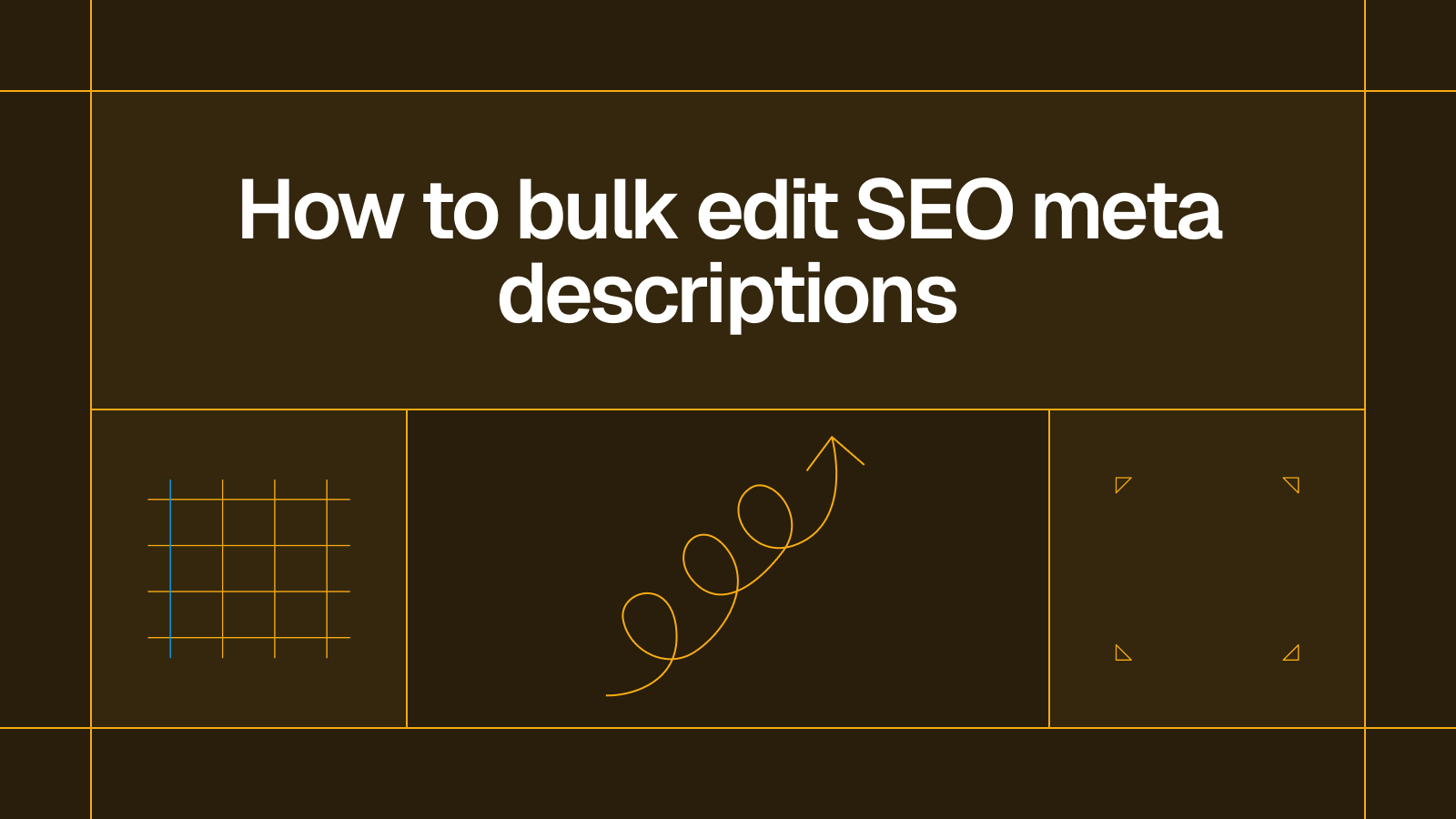

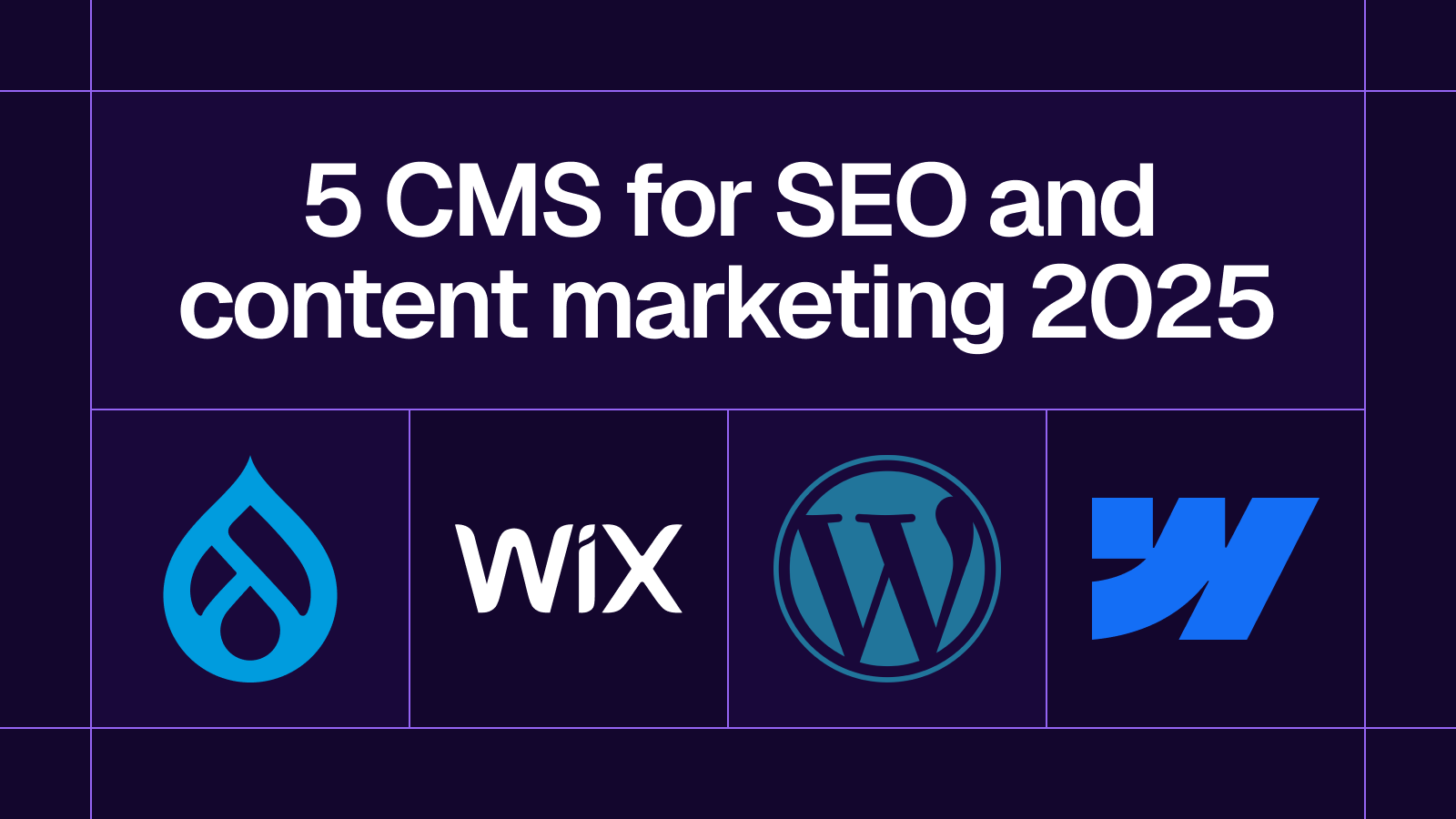

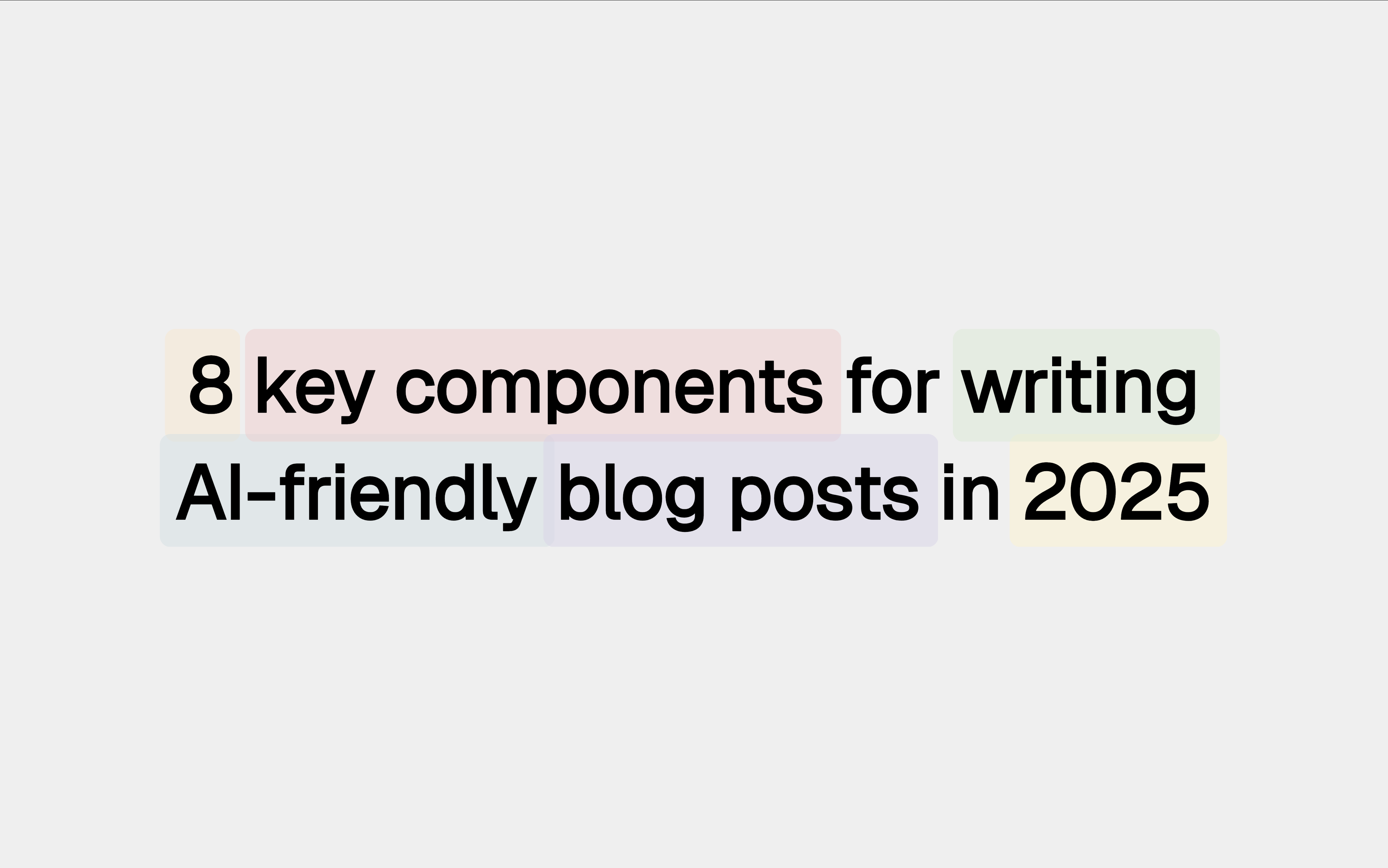




.svg)




.svg)


